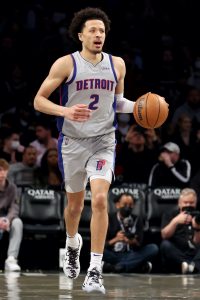Up until about 24 hours before the 2022 NBA draft, it was widely believed that Paolo Banchero would be the third player off the board, with Jabari Smith considered likely to be the Magic‘s pick at No. 1 and Chet Holmgren the favorite to follow him at No. 2. Banchero was expected to be selected third overall by the Rockets.
Instead, it was Banchero who was the first player drafted, while Holmgren still went to the Thunder and Smith headed to Houston rather than Orlando.
Through the first month of the 2022/23 regular season, it’s looking like the Magic made the right call.
Banchero has been one of the NBA’s most productive rookies in years in the early going, averaging an impressive 23.5 points, 8.3 rebounds, and 3.6 assists in 34.7 minutes per game. Smith, meanwhile, has struggled mightily, making just 31.3% of his shots from the field en route to modest averages of 10.3 PPG and 6.8 RPG in 29.7 MPG. And while it may be unfair to dock Holmgren for having suffered a season-ending foot injury before training camps begin, his slight frame was considered a possible red flag for teams picking at the top of the draft.
Banchero is the odds-on favorite for the Rookie of the Year award at this point, but it looks like he’ll face some stiff competition from a couple players selected just outside of the top three.
Pacers guard Bennedict Mathurin has arguably been just as impressive as Banchero in his first 12 NBA games, averaging 19.9 PPG, 3.9 RPG, and 2.3 APG with a sparkling .456/.453/.831 shooting line in just 28.1 MPG. If Indiana continues to bring him off the bench and he keeps playing at his current level, he could be a legitimate threat to win two end-of-season awards — Rookie of the Year and Sixth Man of the Year.
Pistons guard Jaden Ivey, meanwhile, hasn’t been scoring at quite the same rate as Banchero or Mathurin, but he ranks third among rookies in points per game (15.8 PPG), fourth in rebounding (5.1 RPG), and first in assists (3.8 APG). It’s not just a case of him benefiting from a high usage rate either, as his shooting percentages (.446/.352/.727) are very solid for a 20-year-old adjusting to the NBA.
No. 4 overall pick Keegan Murray is off to a slightly slower start after returning from a bout with COVID-19, but the Kings forward has averaged 11.9 PPG on .446/.361/.778 shooting and could continue to boost those numbers as the season progresses.
It’s still very early in the season, and as we saw a year ago with Cade Cunningham and Jalen Green, it sometimes takes highly touted rookies a little time to adjust to the NBA and begin scoring efficiently, so we could see youngsters like Smith and Murray come on strong in the second half.
For now though, we want to know your initial thoughts on this year’s rookie class.
Did you expect Banchero and Mathurin to be this good this fast, or have they surprised you? Do you think they’ll come back to earth while other rookies get hot, or will the Rookie of the Year race ultimately come down to the Magic forward and the Pacers guard? Are you worried about Smith, or do you expect him to be fine after he endures some growing pains? Are there other rookies in this class – including perhaps Shaedon Sharpe, Jeremy Sochan, or Tari Eason – who have impressed you so far?
Head to the comment section below to share your thoughts!
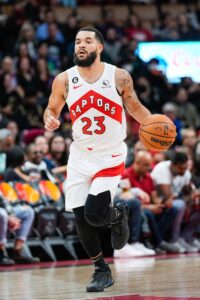 Certain extension-eligible players, including perhaps
Certain extension-eligible players, including perhaps 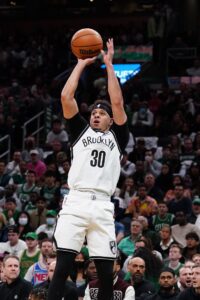

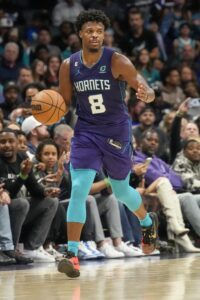 December 23:
December 23: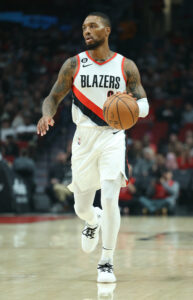 January 9:
January 9:
